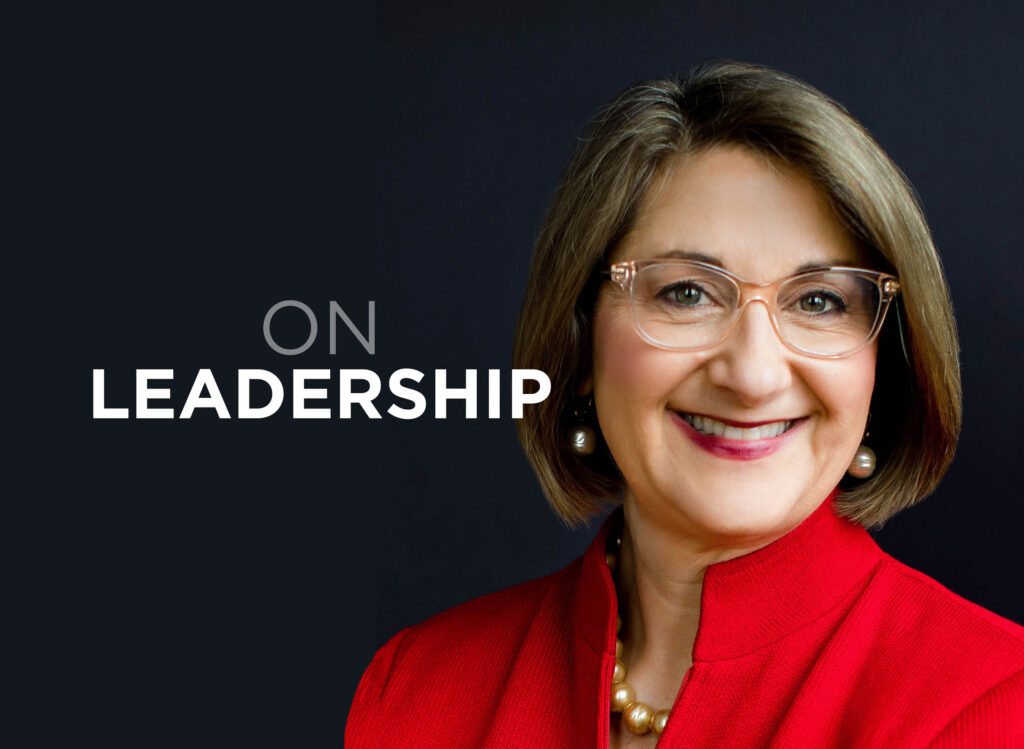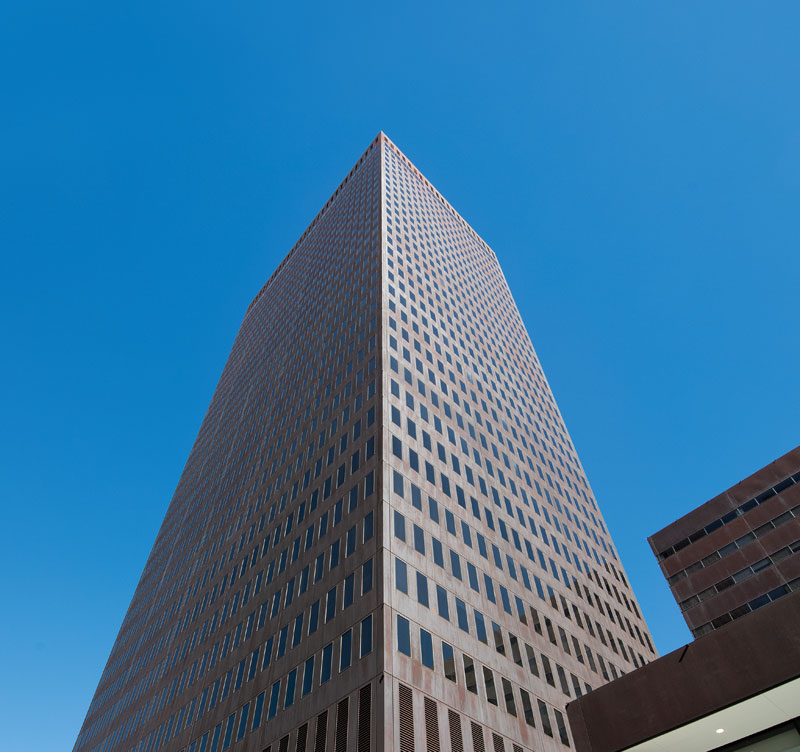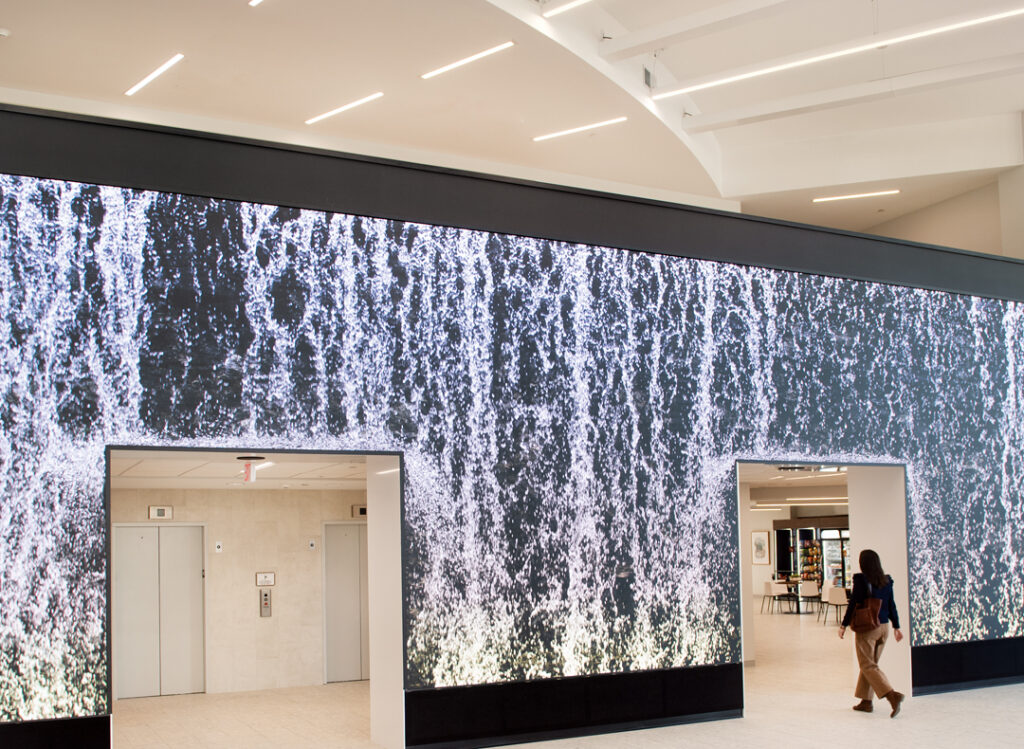The Elbert Files: Highways to nowhere

My father, who died in 1990, would be shocked at the state of 21st-century American infrastructure.
Willis Elbert was a materials inspector for the Iowa Department of Transportation, where one of his jobs required him to hang over the sides of bridges, high above the Mississippi and Missouri rivers. He helped build and maintain roads and bridges throughout Iowa for 39 years.
He never worried about overbuilding, which clearly happened in many parts of rural Iowa. Planning wasn’t his thing. Willis was an operations guy.
I’ve been thinking about him after reading “A Country Breaking Down,” Elizabeth Drew’s article in The New York Review of Books bemoaning the current state of American infrastructure.
One of the publications she reviewed for the article was the American Society of Civil Engineers’ most recent Report Card for America’s Infrastructure. It’s not pretty. The ASCE gives the nation as whole a grade of D-plus, while Iowa gets a C-minus.
Part of Iowa’s low grade is because 80-year-old locks on the Mississippi River are too small to efficiently handle modern barge traffic. The ASCE noted that each year, an estimated 600 million tons of grain and other commodities are forced off the river and onto more expensive train and truck transports, where the added weight grinds down rail beds, roads and bridges.
Iowa’s bridges, according to the ASCE, “have the third worst rating in the nation,” and our roads are no better. “About one in four of Iowa’s primary roadways fails to meet a rating considered minimally acceptable,” the report said.
The cost of fixing the nation’s infrastructure is staggering. We currently spend roughly 1 percent of the federal budget on infrastructure, while the need is closer to the total of the entire budget.
But maybe things aren’t as bad as they seem.
The bulk of our infrastructure needs are transportation related.
The problem, as I see it, is that transportation planners aren’t looking at the entire picture. Most are doing what they’ve always done: focusing on automobiles and the past.
They ignore the fact that growing numbers of young people don’t care about cars. They don’t own them. Many don’t even have a driver’s license, including some in Iowa.
Today is not unlike the decades after World War II, when planners had tunnel vision and focused for far too long on Iowa’s rural, farm-to-market roads, while the state’s primary highways and urban thoroughfares crumbled.
Only this time it’s worse. The problems are bigger and broader.
What transportation planners need to do – a few have already started – is focus on what the needs will be 20, 30 or even 50 years from now.
Sure, they need to fix bridges and other infrastructure that has become dangerous.
But instead of drawing up plans to widen highways and build more parking ramps, they need to give more consideration to alternative modes of transportation, including bicycling, walking, mass transit and high-speed rail. All are on the rise.
Des Moines Vision Plan author Mario Gandelsonas began painting a picture of just such a future 25 years ago, which is why much of downtown Des Moines today is so different from the rest of Iowa.
Nearly a decade ago, a handful of dedicated visionaries, including the late G. David Hurd, began pushing for state funding to study and promote passenger rail traffic from Davenport to Iowa City, Des Moines and Omaha.
But they were shut down by shortsighted politicians.
The 21st century requires planners who can design and build infrastructure that leapfrogs what we have today.
And we need political leaders who are visionaries with the communication skills to bring the rest of us along. We need leaders whom operations guys, like Willis Elbert, will respect and follow.











